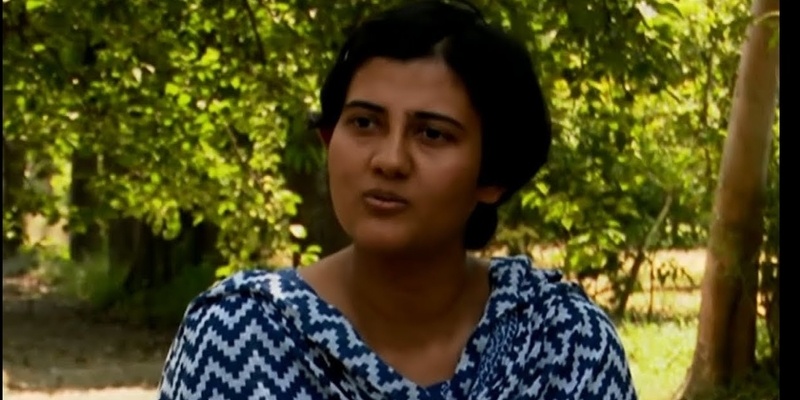Charting New Waters: How Sagarmala 2.0 Will Transform India’s Maritime Landscape
For centuries, India’s vast coastline has been a gateway to trade, culture, and prosperity. Today, that legacy is being reborn through Sagarmala 2.0, the government’s ambitious ₹75,000-crore initiative aimed at positioning India as a global maritime hub. Expected to be unveiled in the 2026 Union Budget, the 10-year programme will expand and modernize the nation’s ports, shipyards, and waterways while boosting domestic investment and employment. Building on the success of the original Sagarmala Programme launched in 2015, this new version represents a decisive step toward India’s long-term maritime vision, Maritime India Vision 2030 and Amrit Kaal Vision 2047, both of which imagine India as a world leader in maritime logistics, shipping, and blue economy innovation.From Port Development to Port-Led ProsperityWhen Sagarmala first launched in 2015 under the Ministry of Ports, Shipping, and Waterways (MoPSW), its goal was simple yet transformative: to shift India’s focus from port development to port-led development. The program sought to harness the potential of India’s 7,500-km coastline, 12 major ports, and 200+ non-major ports to create a network of globally competitive logistics hubs. Over the past decade, the initiative identified 839 projects worth ₹5.79 lakh crore, spanning port modernization, connectivity, industrialization, and coastal community upliftment. Of these, 270 projects have been completed, with investments exceeding ₹1 lakh crore. These achievements laid the foundation for a more expansive and forward-looking phase, Sagarmala 2.0.Key Objectives of Sagarmala 2.01. Port Modernization and ExpansionSagarmala 2.0 will upgrade India’s existing ports to world-class standards, improving efficiency and reducing logistics costs. The aim is to boost cargo handling capacity and facilitate faster turnaround times, aligning India’s ports with global benchmarks seen in Singapore, Rotterdam, or Shanghai.2. Boosting Shipbuilding and RepairsIndia’s shipbuilding industry once vibrant but later subdued is set for revival. The program will create new infrastructure for shipbuilding, repair, and recycling. It will also encourage domestic ship ownership through financial incentives and dedicated support schemes, reducing dependence on foreign vessels.3. Inland and Coastal DevelopmentThe initiative emphasizes the growth of inland waterways and coastal shipping to promote sustainable, low-cost logistics. By supporting riverine transport, the program aims to ease road congestion, cut carbon emissions, and unlock economic growth in hinterland regions.4. Investment MobilizationSagarmala 2.0 targets the mobilization of ₹20 trillion in private and public investments over the next decade. This includes attracting global shipping and logistics players while fostering homegrown maritime startups and manufacturing.Complementing a ₹70,000-Crore Maritime PackageSagarmala 2.0 is designed to complement the government’s earlier ₹70,000-crore maritime infrastructure package announced in September 2025. This package introduced several key initiatives, including the Maritime Development Fund, aimed at providing long-term financing for port and shipyard projects; the Shipbuilding Financial Assistance Scheme, to boost Indian shipbuilders and promote domestic vessel ownership; and Green Shipping Projects, which focus on integrating renewable energy, adopting cleaner fuels, and ensuring sustainable port operations. Together, these initiatives reflect the government’s integrated strategy to transform India into a Maritime Nation of the Future, driving innovation, sustainability, and self-reliance across the country’s coastal and shipping sectors.Driving Economic Growth and JobsBeyond infrastructure, Sagarmala 2.0 carries a deeply human mission. Efficient ports and inland waterways mean lower logistics costs for industries, smoother exports for farmers and manufacturers, and faster supply chains that benefit everyday citizens. According to estimates, the expanded program could create over one million direct and indirect jobs, spanning sectors such as construction, logistics, shipbuilding, tourism, and fisheries. Coastal communities often among the most underdeveloped stand to benefit through new livelihood opportunities and skill development programs. This initiative is also aligned with Atmanirbhar Bharat, the government’s vision of self-reliance. By nurturing domestic shipbuilding and reducing dependency on imported vessels and equipment, India aims to reclaim its heritage as a seafaring power and strengthen its global trade autonomy.India’s Maritime RenaissanceSagarmala 2.0 represents the next great chapter in India’s maritime renaissance. With a ₹75,000-crore commitment and a vision spanning a decade, it will build on past successes to transform the nation’s ports, strengthen domestic capabilities, and open new horizons for trade and employment. In a world where sea routes define global power, India’s renewed maritime push isn’t just about ships and docks; it’s about reclaiming its place as a maritime nation that connects the world, empowers its people, and sails confidently toward the future.

.jpeg)



 (1).jpeg)



.jpg)

